Charging technology
Charging the vehicle via a power supply system permanently connected to the mains is standardized as Mode 3 charging. The Charge Controller is integrated directly into the dedicated charging infrastructure. Automatic AC charging systems like wall boxes or charging stations operate this way. This kind of AC charging stations is foundin different places: at home, in hotels, public parking areas or at the workplace.
That offers a great advantage since the existing single phase, or three phase power supply is used, and the charging system could be connected by an electrician.
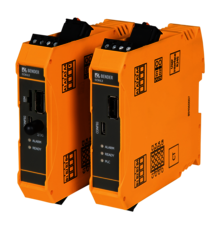

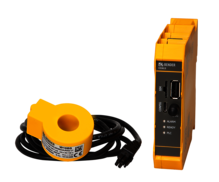
Smart Charge Controllers for AC
Intelligent Charge Controllers made by Bender are the base for many AC wall boxes, or charging stations. The CC612 and CC613 series stand for innovation, efficiency, and electrical safety. Bender Charge Controllers feature an patented DC fault current monitoring which makes an additional expensive RCD type B obsolete.
Dynamic Load Management (DLM) enables load management with up to 250 charging points within a local DLM system.
To learn more about the charge controllers please visit the Bender website or contact us at bender[at]smartsiam[dot]com
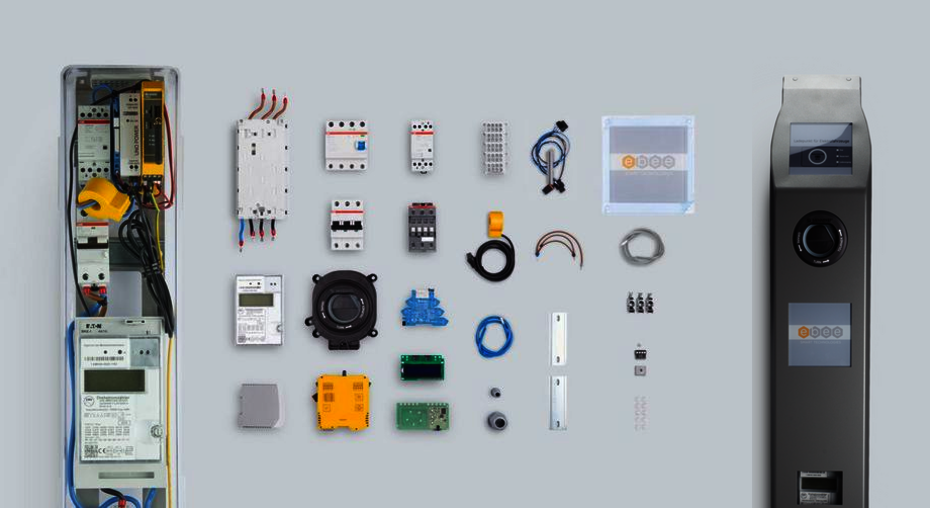
Charging stations
ebee smart technologies GmbH in Berlin is part of the Bender Group. They specialize in creating innovative products for the smart charger market.
Whatever you prefer, ready-to-install chargespots or modular kits to build your own charging station or wall box - all is possible.
The choice between the two options depends on your specific needs and preferences.
With a modular kit, you can choose the components that best meet your needs and assemble them in a way that fit your specific requirements. This option gives you more control over the final product and allows you to create a solution that is tailored to your exact specifications.
If you're looking for a quicker and hassle-free solution, a ready-to-install chargingspot (charging station) may be the way to go. This solution you can integrate with your billing system.
to learn more about ebee please visit the ebee website or contact us at bender[at]smartsiam[dot]com
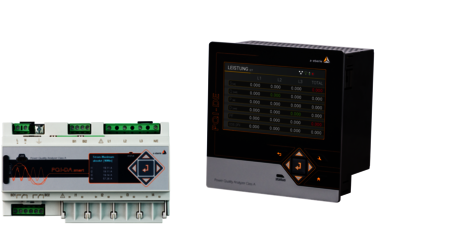
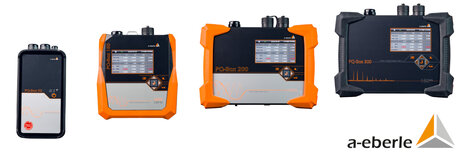
Monitoring the Power Quality
Supraharmonics generated by electric vehicle (EV) chargers are a significant concern in power quality management, particularly with the widespread adoption of electric mobility. EV chargers, especially those employing switching-mode power supplies (SMPS), can introduce supraharmonics into electrical systems during the charging process.
-
Frequency Range: Supraharmonics from EV chargers typically extend into the kilohertz and megahertz range, distinct from traditional power system harmonics.
-
Amplitude: The magnitude of supraharmonics can vary based on charger design, charging protocol, and load conditions. High-power chargers or rapid charging protocols may produce supraharmonics with significant amplitudes.
-
Impact on Power Quality: Supraharmonics from EV chargers can lead to voltage distortion, increased losses in distribution equipment, and interference with sensitive electronic devices. They may also exacerbate other power quality issues like resonance and flicker.
To manage supraharmonics from EV chargers effectively:
-
Charger Design: Opt for chargers with low harmonic and supraharmonic emissions. Designers should prioritize minimizing electromagnetic interference (EMI) and ensuring compliance with relevant standards.
-
Filtering and Mitigation: Implement specialized filters or active mitigation techniques tailored to suppress supraharmonics generated by EV chargers. These solutions can help reduce their impact on power quality.
-
Monitoring and Analysis: Regularly monitor power quality parameters, including supraharmonics, to identify sources of disturbances and assess their impact on the electrical system. Real-time monitoring enables proactive management and troubleshooting.
-
Compliance: Adhere to standards and regulations governing power quality, such as IEC 61000 series, to ensure that supraharmonic emissions from EV chargers remain within acceptable limits. Compliance testing and certification can verify adherence to these standards.
In summary, managing supraharmonics from EV chargers is crucial for maintaining power quality and ensuring the reliable operation of electrical systems, especially as electric mobility continues to grow. By addressing supraharmonic emissions through appropriate charger design, filtering, monitoring, and compliance measures, stakeholders can mitigate their adverse effects on power networks and facilitate the transition to sustainable transportation.
In addressing supraharmonics generated by EV chargers, the a-eberle PQSYs & PQMobile portable devices can play a crucial role in power quality management. Here's how:
-
Real-time Monitoring: PQMobile / PQSys devices enable real-time monitoring of power quality parameters, including supraharmonics. By capturing and analyzing data directly at the point of interest, such as EV charging stations, operators can quickly identify supraharmonic emissions and assess their impact on the electrical system.
-
Supraharmonic Analysis: With advanced measurement capabilities, including frequency analysis and transient analysis, PQ devices can accurately detect and analyze supraharmonics generated by EV chargers. This detailed analysis provides valuable insights into the characteristics and behavior of supraharmonics, aiding in their mitigation.
-
On-site Assessments: PQMobile's portability allows for on-site assessments of power quality, making it ideal for evaluating EV charging infrastructure. Field technicians can use PQMobile devices to conduct comprehensive measurements directly at charging stations, identifying supraharmonic sources and assessing their compliance with power quality standards.
-
Collaborative Solutions: PQMobile devices facilitate collaboration between on-site teams and remote experts, enabling real-time data sharing and analysis. This collaborative approach enhances the effectiveness of supraharmonic mitigation strategies, ensuring prompt and informed decision-making.
-
Reporting and Documentation: PQMobile devices offer built-in data logging features and the ability to generate detailed reports. These reports provide documentation of supraharmonic levels and compliance status, supporting regulatory compliance efforts and enabling stakeholders to track the effectiveness of mitigation measures over time.
By leveraging the capabilities of PQMobile / PQSys devices, operators of EV charging infrastructure can effectively manage supraharmonics, ensuring the reliable operation of electrical systems and minimizing their impact on power quality.

